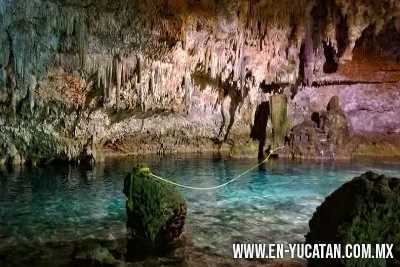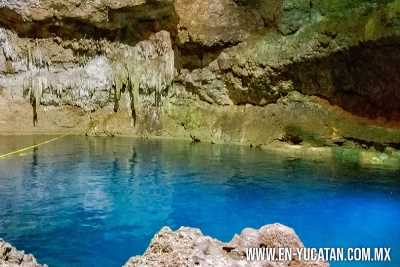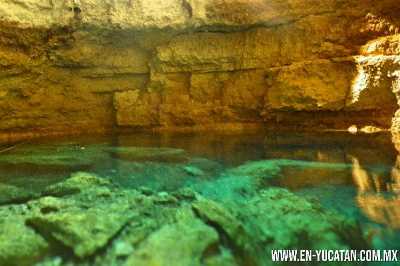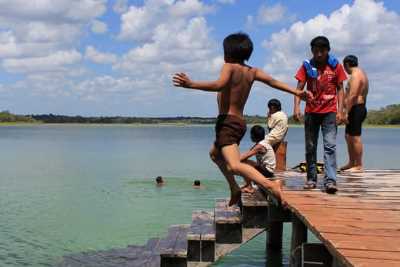The ancient Maya city of Cobá, located in the state of Quintana Roo, Mexico, was an important ceremonial and urban center that flourished during the Classic period (250-900 A.D.). Unlike other Maya cities in the northern Yucatán peninsula, its architectural style more closely resembles that of the Petén region in Guatemala, characterized by its large temples and stone monuments.

Cobá spanned a vast area of approximately 43 square miles (70 square kilometers), with its main building groups situated near the Cobá and Macanxoc lakes. The city is famous for its extensive network of raised limestone causeways, known as sacbéob (plural of sacbé), which connected the different building groups to each other and to other settlements. The most notable sacbé is Sacbé 1, which is 62 miles (100 kilometers) long and reached the site of Yaxuná, near Chichén Itzá, demonstrating Cobá's influence and alliances.
Main Buildings
Among the most prominent buildings are:
- The Nohoch Mul: This is the most visited group and houses the city's main pyramid, also called Nohoch Mul, which means "great mound" in Maya. At 138 feet (42 meters) tall, it is the tallest structure at Cobá and one of the largest in the northern Yucatán peninsula. Visitors can climb to the top to enjoy panoramic views of the surrounding jungle.
- The Cobá Group: This is the group of buildings closest to the entrance. It includes the Church Temple, the second-largest structure on the site, and a ball court.
- The Paintings Group: It gets its name from the fragments of murals that can still be seen in one of its temples.
- The Ball Court: The site has several ball courts, an important ritual in Maya culture.

At its peak, around the 8th century A.D., it is estimated that Cobá was home to a population of approximately 55,000 inhabitants. Stone monuments, known as stelae, were common in the city. These carved stelae narrated important events related to the ruling elite, providing valuable information about Cobá's history and customs.
Recommendations and How to Get There
To visit Cobá, it is recommended to wear comfortable shoes, and bring water, insect repellent, and sunscreen. Within the archaeological site, you can rent bicycles or pedicabs to make the tour easier.
From Valladolid
The easiest way to get to Cobá from Valladolid is by car or taxi. The trip takes approximately 1 hour and 15 minutes, taking Federal Highway 109. You can also arrive by bus or local transport van.
From the Riviera Maya
From destinations like Tulum, Playa del Carmen, or Cancún, the most common way to get there is by rental car, taxi, or on organized tours. From Tulum, the trip is about 45 minutes. The ADO bus line also offers direct or connecting routes from these cities to the archaeological zone.
Cobá Photo Gallery






Cenotes of Coba
Located just 6 km from Coba are these magnificent cenotes, ideal for cooling off after having traveled the entire archaeological zone.



